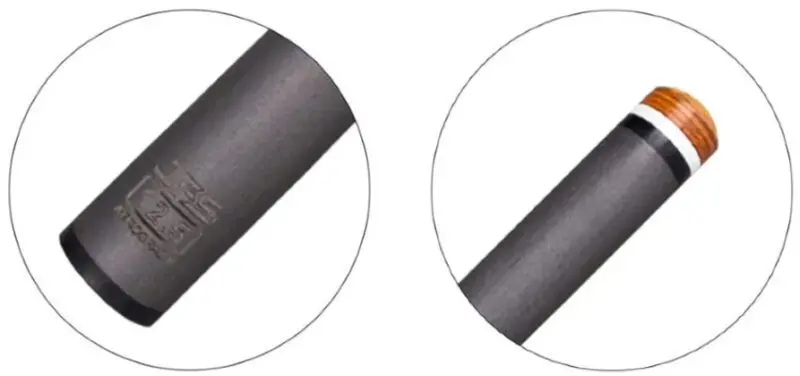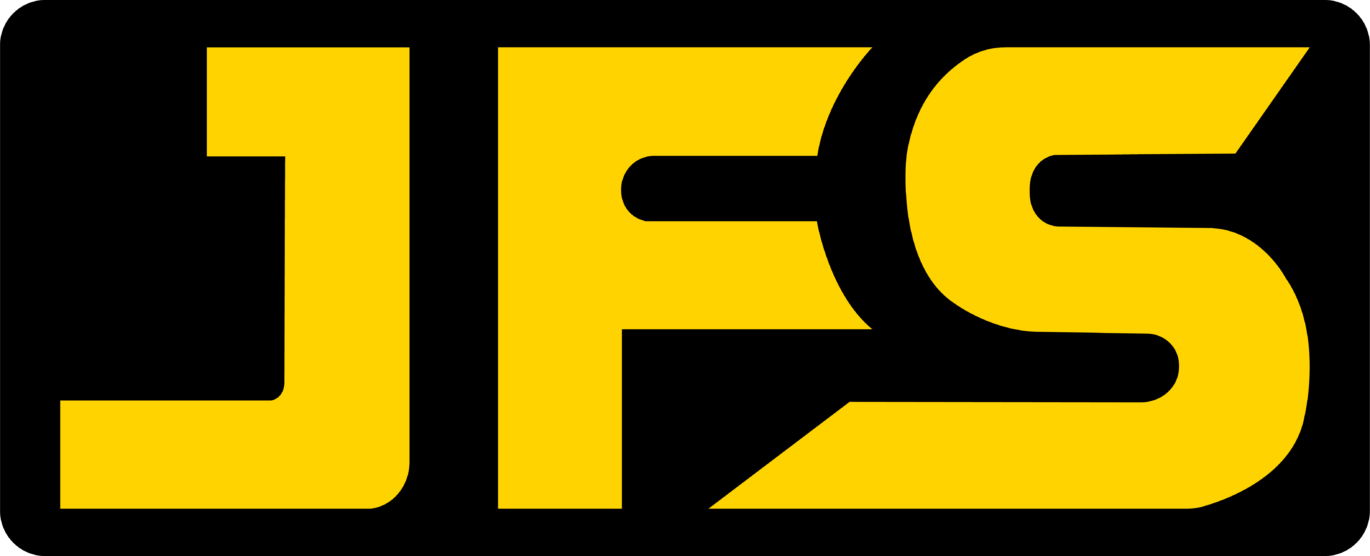Mastering Precision: Low-Deflection Cue Ball Control in Pool
In the realm of billiards, mastering the game requires unparalleled control over the cue ball, positioning oneself for a flawless sequence to run out the rack. An integral aspect of this mastery lies in manipulating the cue ball’s path using English or sidespin.
When English is applied, shots are often missed due to cue ball deflection or squirt—where the ball strays opposite to the intended aim. This common error factor takes years to compensate for, significantly impacting players’ accuracy and overall performance. Cue ball deflection varies based on various factors including the cue, tip placement, and stroke speed, with more significant deflection occurring farther from the center and with faster strokes.
Enter low-deflection shafts, a game-changer that minimizes the need for compensation and simplifies the player’s experience. Contrary to the misconception that an inlay cue inherently makes you a better player, the truth lies in technique and, notably, the pool shaft. Read more about this here Decal vs Inlay Cues.
Low-deflection shafts, drastically reduce cue ball deflection, providing a considerable advantage when using English. The result? A more accurate game, aiding players in making progress faster without compromising on the artistic allure of their cues.


Adapting to Low-Deflection Shafts: A Seamless Transition
With minimal deflection, players experience a game-changing shift. Adjusting for English becomes a thing of the past, offering more chances to make the ball without constant recalibration. This is particularly beneficial for intermediate or beginner players who haven’t yet mastered compensating for cue ball deflection. Instant progress is on the horizon.
Transitioning from a standard wood shaft to a low-deflection carbon fiber shaft brings a significant reduction in deflection. Players accustomed to aiming inches away from their target to compensate for deflection with a standard shaft now find themselves adjusting only fractions of an inch with these shafts. It’s a leap forward, minimizing the learning curve and enhancing overall gameplay.
Shaping Your Tip for Reduced Deflection
Research reveals that a dime-radius tip produces 5-10% less cue ball deflection compared to the more commonly used nickel shape. The dime radius centralizes the hit, reducing deflection and contributing to a more accurate shot.
In essence, the journey to precision in pool lies not just in the choice between decal and inlay cues but, significantly, in understanding and leveraging the benefits of a low-deflection cue. JFlower’s commitment to innovation in cue technology has redefined the game, offering players an opportunity to enhance their skills and elevate their gameplay. Whether you’re a seasoned player or just starting, considering the impact of your cue’s technology can significantly impact your progress on the table.
Did you know? The S.M.O. shaft from JFlowers has the scientifically proven lowest deflection on the market?
RELATED ARTICLES:
The Future of Carbon Fiber Shafts
Wooden vs Carbon Fiber Pool Shafts
Decal vs Inlay Cues.


